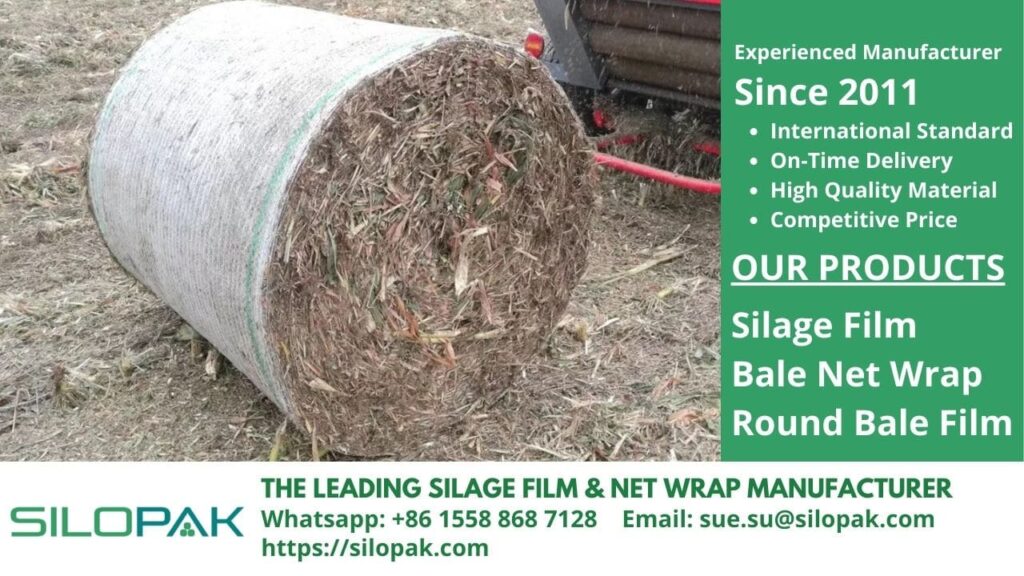contents
Hay is an integral part of the life of livestock and farmers who have pets, such as cows. Hay is used as reserve feed for livestock. The manufacturing process should not be arbitrary. Because the hay is rolled up as a reserve feed, it will be stored for a long time. The hay moisture factor becomes very important to store the hay for a long time.
Not only humidity is the most critical factor in making hay. Several things must be considered, such as the drying process, compaction, fermentation, to rolling. Here are the steps in producing animal feed that cares about humidity.
Process of Making Feed
Before stepping into the drying process, knowing the most important steps in making animal feed is good. Here are some steps.
Hay Cutting
Hay is dry grass that will be used as animal feed. Before cutting dry grass, make sure the machine to be used is in good condition. Cut dry grass that is ready to be used as animal feed that has the best nutrition. Preferably, cutting the grass is done when the hay moisture has reached the desired point.
You can wait for three days to make sure the grass is completely dry. Then you can cut the grass with the help of a mower. This process can take days, depending on the area of land you have.
Dried Grass
If the grass has been cut, dry it by tedding. The tedding step is the process of drying the grass by spreading it and aerating it. This is done to get the desired hay moisture in addition to the success of the fermentation process.
During drying, rotate the grass so that it is dry on all sides. This is done to ensure the grass is completely dry. Try to check the hay moisture as often as possible in this process. The best texture of the grass is dry but not easily crushed by hands.
Checking the humidity of the grass can use a tool that you can buy at a farm store. Good grass has a moisture content of 22%. Then it will be compacted, but with a humidity of about 15-18%. Grass that has a humidity below 15% will be easily damaged, so it has low quality.
Baler Shaped Packing Process
Make sure your grass is completely dry so it’s ready to be wrapped in a baler. Consider buying a small baler if you have a small area too. It will also relate to the storage of hay in the small barn. Compact the hay into a square or circle shape, according to the baler you have.
In general, circular hay solids are often used on large-scale farms. To make it, you will need a larger baler. In the packaging process, the hay moisture can be maintained properly. So, that later will produce an animal feed of good quality. Have sufficient nutrients for the development and growth of your livestock.
The process of packaging into a baler requires high-quality tools. So, in storage, there is no leakage and decomposition of hay. Currently, many companies provide the highest quality baler equipment. You can look it up on the internet or ask a fellow farmer who has a baler. So, you can get information on which baler tool has the best quality.

Save Hay
After the packaging process using a baler, the hay you have must be stored in a safe place. Preferably, storing good hay is indoors. This is intended to reduce the potential for scattered hay flakes by up to 10%. Do not store hay directly above ground level. Preferably, keep the hay on the platform because it avoids the potential for hay to decompose up to 15%.
Even though it has been wrapped using a baler, it is better if the hay is given additional protection. Cover the hay with a lid or plastic wrap, and this will reduce the decomposition of the hay even more. You can use a tarp to reduce hay breakdown by up to 15%.
Apart from preventing the hay from unraveling, the protective layer also protects your hay from rainwater. Rainwater can touch the hay and even penetrate the ground. This can cause the bottom of the hay to break down. Covering with a protective layer, such as tarpaulin, will not change the humidity of the hay so that the results of storage of reserve feed will be of good quality.
Silopak, a silage film company that has been serving orders since 2011 provides products for your needs. We provide LLDPE silage film to wrap your grass which will produce the best hay moisture. Hence, you could make the best quality of your animal feed. We provide products with several specifications. For more details, you can contact us directly via the contact listed.


